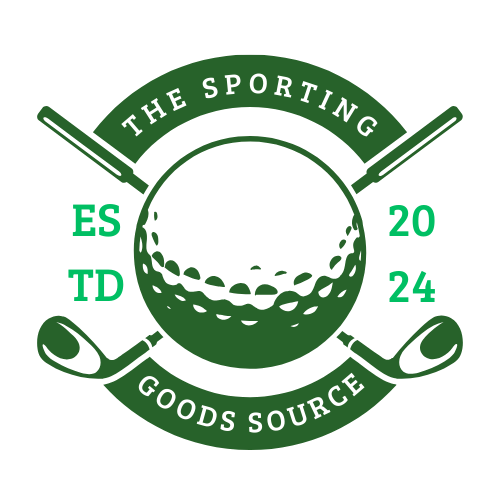
@2024 The Sporting Goods Source. All Rights Reserved.


Choosing the right sports equipment can make all the difference in achieving your fitness goals, whether you’re focusing on cardio, strength training, flexibility, or a combination of these. Here’s a guide to help you select the most effective gear for your individual fitness objectives.
Before purchasing equipment, it’s important to determine what you want to achieve:
Your goals will dictate the type of equipment you need, as different tools are designed for different purposes.
For those focused on improving cardiovascular health, you’ll need equipment that increases your heart rate and challenges your stamina. Consider:
Strength training helps build muscle, improve endurance, and boost metabolism. Some essential equipment includes:
To improve flexibility, mobility, and balance, focus on gear that supports stretching and stability exercises:
For weight loss, equipment that helps burn calories while building lean muscle is key. In addition to cardio machines and free weights, consider:
If you’re looking for an overall fitness boost, consider a mix of equipment:
When selecting equipment, consider how much space you have and how much you’re willing to spend. For example, resistance bands and jump ropes are affordable and easy to store, while treadmills and weight benches require a bigger investment and more room.
Ensure the equipment you choose is comfortable to use and safe for your fitness level. Poor-quality gear can lead to injury, while uncomfortable items can discourage you from sticking with your routine. Always check reviews and, if possible, try out equipment before buying.
Choosing the perfect sports equipment for your fitness goals involves assessing your objectives, space, budget, and comfort. Whether you’re focusing on cardio, strength training, flexibility, or weight loss, there’s equipment tailored to help you succeed. Select wisely, and your gear will become a reliable partner in your fitness journey!

@2024 The Sporting Goods Source. All Rights Reserved.
